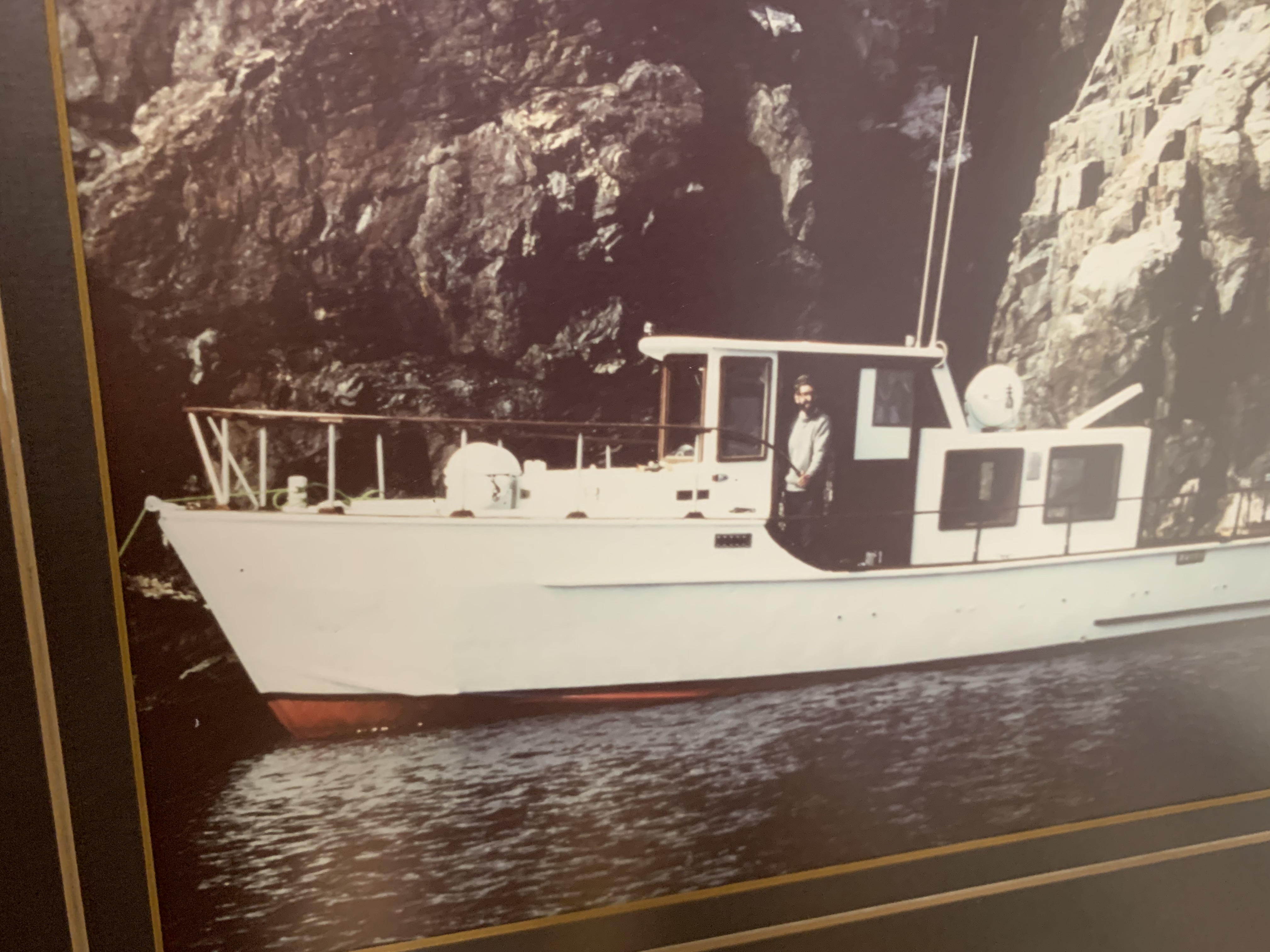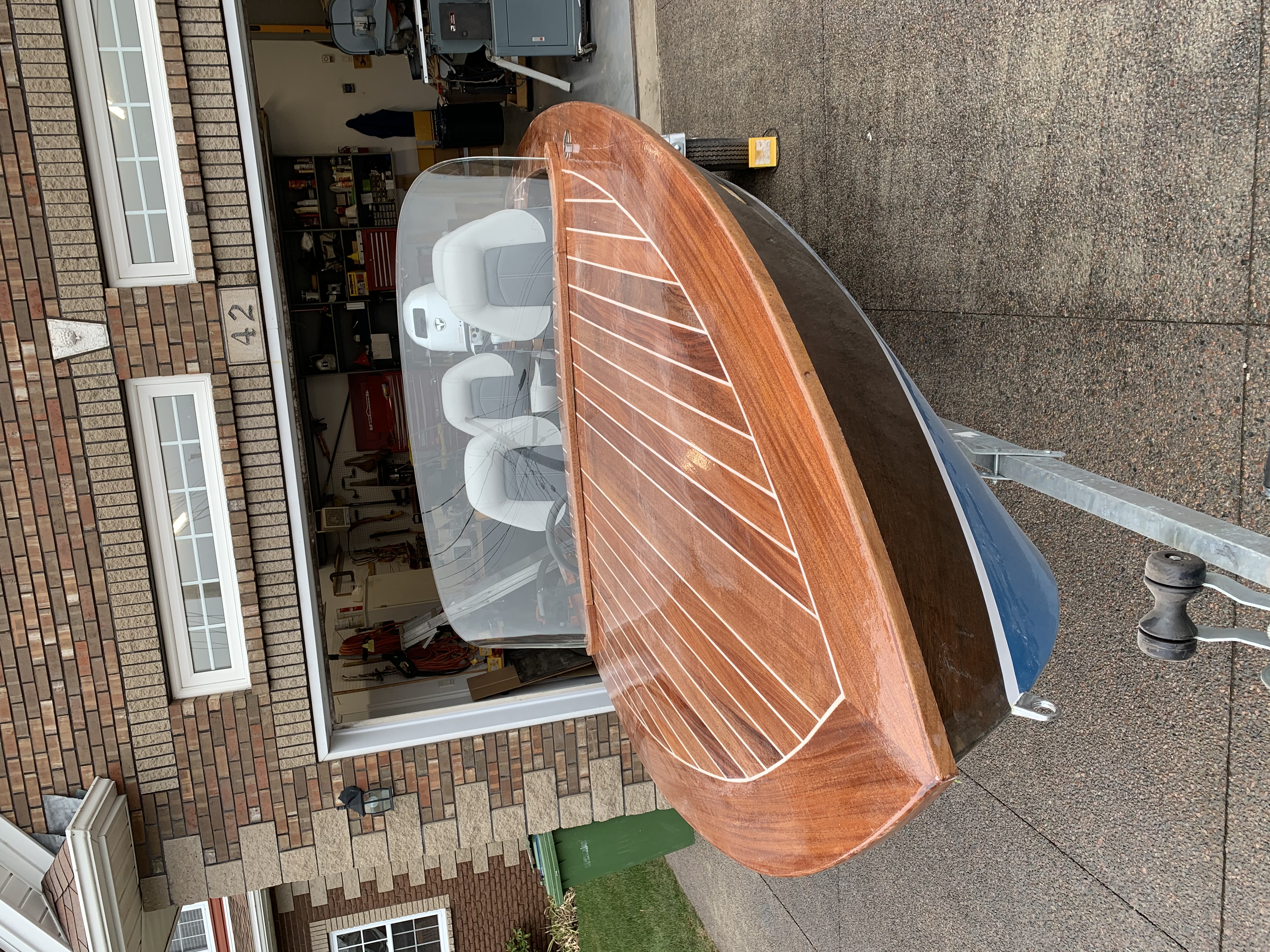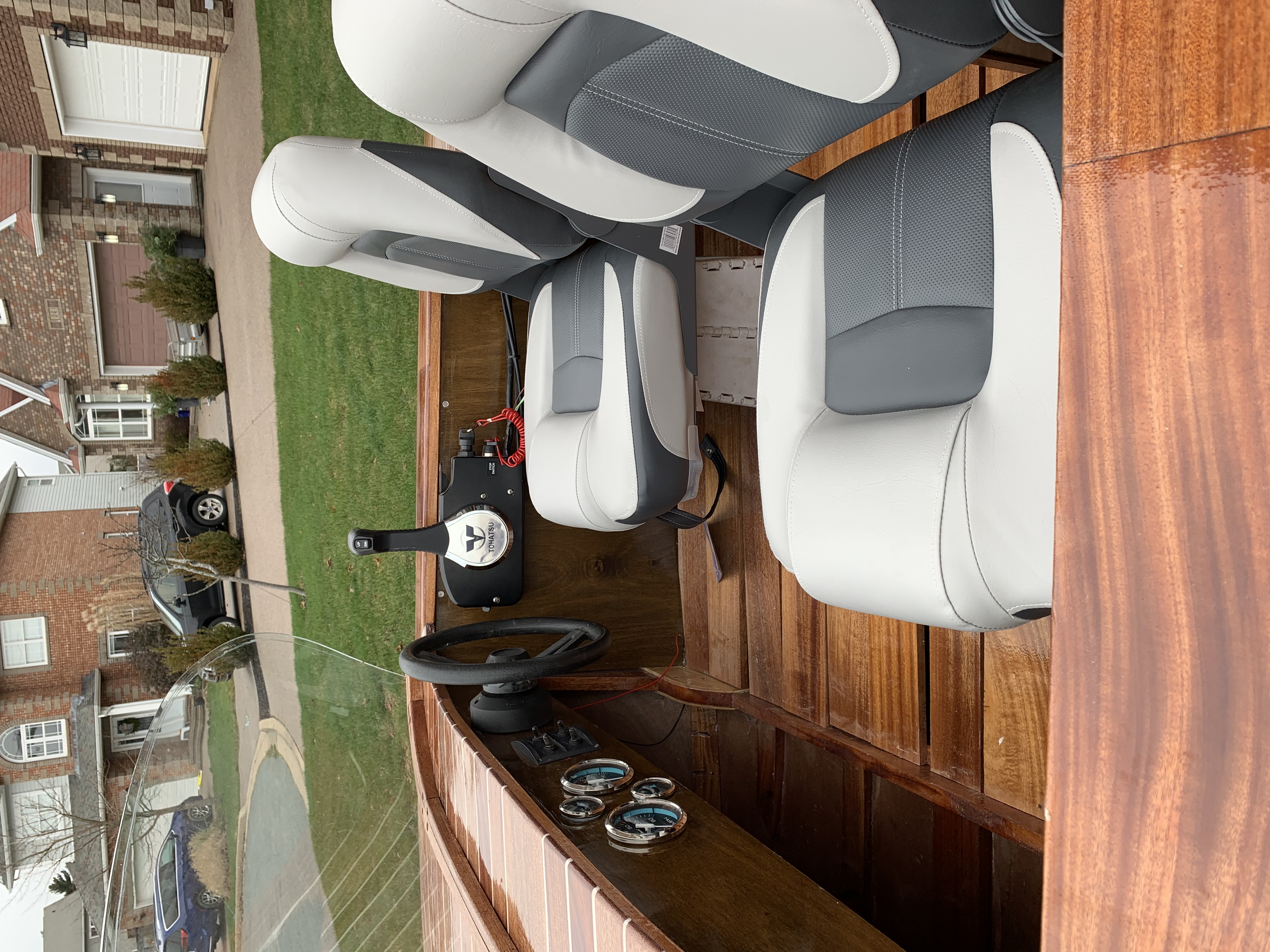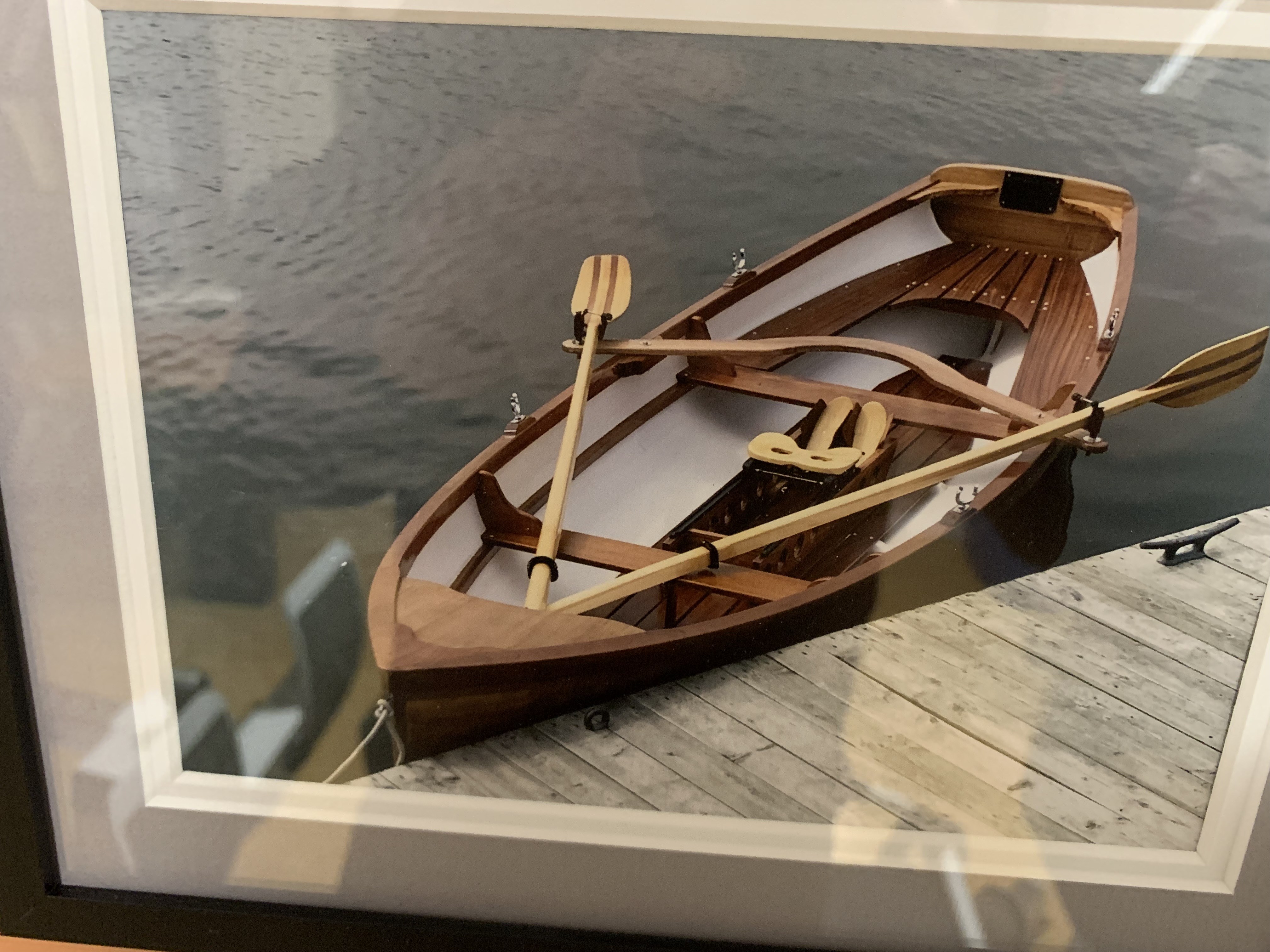Bob Has Built a Bunch: Our Interview with Robert Crocker
Sep 5th 2023
You've built our Whitehall and Zip designs, but you've also built our 27-foot Jolly Roger. That's an ambitious project! How long did it take you and how did it turn out?
In 1977 I was working at Memorial University in Newfoundland but enjoying a sabbatical at Stanford University, living in Palo Alto. There I started looking for possible designs for a small trawler, I had not built a boat before but my father had been a builder of fishing boats so I was not too intimidated by lack of direct experience. I came across Glen L while scouring some boating magazines. That prompted a trip to Los Angeles, a couple of visits to the Glen L shop in Bellflower. and conversations with Glen himself. I was first tempted to go bigger with the Yukon or Odyssea design but the smaller Jolly Roger seemed to be about what I could manage.
On returning home, with my brother in law Ross, we started the project. I was able to buy a large batch of African mahogany from a lumber dealer that was going out of business, giving us the framing at low cost. We first framed up the hull in the basement and then dismantled it and moved it outside to a shelter we had built.
The build took just over two years, working mainly on weekends and broken up by several months while I was working in Australia. There I haunted a few boat building shops in Brisbane where several Bruce Roberts and other designs were being built.
Later on a working trip to Michigan, I found time to visit the Gougeon brothers shop in Bay City where I learned about the use of epoxy, We coated the entire inside of the hull with West System, but made the mistake of using polyester resin for fibreglassing the outside. That came back to haunt us a few years later when the fibreglass began to delaminate from the plywood.We had to strip down the entire hull and redo it with epoxy. I haven't used polyester since,
We kept that boat for about ten years and then sold it and bought a bare Rosborough 35-foot fibreglass hull which we finished off, giving us the larger trawler we wanted in the first place. Our Jolly Roger was still going strong 30 years later when I lost track of it.

Photo: Jolly Roger
You've built quite a few Glen-L designs. What is it about our designs our company that keeps you coming back?
After the Jolly Roger, I did not come back to Glen L until about five years ago, Meanwhile, I built from several other designs including a couple of skiffs from patterns developed by my father. By 2020 I was retired and looking for a hobby. My next effort was the Glen L Whitehall rowboat which turned out quite nicely in cedar stripping. By then I was more interested in building than in using, so I sold the Whitehall and turned to building a couple of cedar strip canoes which I gave to my two daughters,
After that I was attracted to the Zip because of its beauty and because it offered a bit more of a challenge. That one took about a year to build in 2021-22, with most of the effort being on the mahogany decking. I fitted that one with a 30hp Tohatsu four stroke.which was ample power. I also sold that one last winter.
That now brings me to the Console Skiff. That one will be more of a working boat that I may keep at least for a while. I have already tried stitch-and-glue on an Oxford Wherry (from Angus Rowboats in Victoria BC) and find it easy to work with. The idea of a frameless boat is appealing because of the added space it gives.
I keep coming back because Glen L has by far the largest selection of plans. All of the designs are clear and easy to follow and a lot of help is available through the forums and galleries. Please keep these going if you can.

Photos: ZIP

What tools or techniques have you picked up along the way that help speed your builds? I can't think of anything special other than the full range of carpenter's tools I have accumulated over the years, A good band saw is about the most useful tool. I do have some relics, an adze, a draw knife and some caulking irons inherited from my father but these don't have much use in these boats. I have a rounded spoke shave which is handy for planing inside curves.
4. Do you tend to modify your boats or deviate from plans significantly? If so, can you mention a few mods you've been happy with? We lengthened the Jolly Roger by 2 feet by re-spacing the frames, That gave a bit more room at little cost.
The buyer of the Whitehall wanted a sliding seat installed so I did that and also built the two long sculls that go with that rig. As for the Zip, I modified the transom to take a long shaft motor and replaced the mid-deck with two side lockers to allow passage from front to rear cockpits. I took that idea from one of the builds in your gallery.

Photo: Whitehall
You're going to start on the Console Skiff next. Why did you choose that design? The main constraint is what will fit in my garage. Also, I think the console skiff might be attractive to someone interested in fishing so it should be easier to sell than some of the fancier designs like the Zip. I am sure it will be a lot easier to build,
